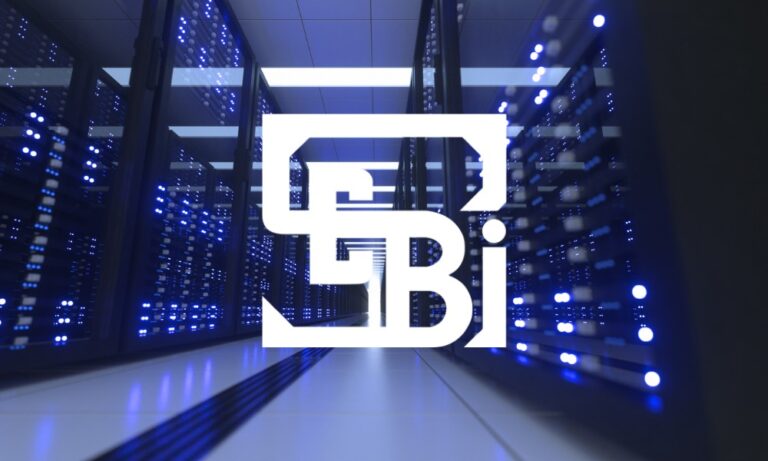How to Find and Fix Public S3 Buckets in AWS: 10-Minute Security Audit

In AWS environments, public S3 buckets remain a top vulnerability, often leading to massive data leaks—like the exposure of login credentials, source code, and infrastructure secrets from millions of sites.
This 10-Minute Security Audit guide empowers you to quickly find open S3 buckets and secure them using simple AWS CLI commands. Learn to spot risks from misconfigurations such as AllUsers ACLs, bucket policies allowing 0.0.0.0/0 access, or disabled Block Public Access.
With step-by-step scripts—like listing buckets and checking for public grants—you’ll fix these issues in under 10 minutes, preventing breaches and safeguarding your data.
Vulnerability Management in Cloud Security: A Complete Guide for 2025

This blog stresses evolving from traditional vulnerability management to cloud-native strategies via CNAPP for dynamic environments like AWS, Azure, and GCP. It frames VM as ongoing asset discovery, risk prioritization (using CVSS and AI/ML), automated remediation, and validation to combat threats in ephemeral workloads, containers, and IaC.
- Key shifts: From periodic scans to continuous monitoring and CI/CD integration, addressing 70% of 2025 breaches from unpatched issues and shared responsibility gaps.
- CNAPP benefits include unified visibility, zero-trust, SBOM hygiene, and runtime protection. Best practices: Shift-left DevOps, multi-cloud governance, and threat detection.
- A fintech case via Cy5’s ion slashed remediation time (12 to 3 days), IaC errors (42 to 5/month), and compliance issues, positioning CNAPPs as vital for proactive cloud security.
How to Use Entity-Driven Analytics for Threat Detection

Traditional SIEMs struggle to connect fragmented alerts, letting advanced threats evade detection. Graph-driven visualization transforms threat hunting by mapping attacks as interconnected nodes (IPs, users, assets) and edges (relationships), exposing hidden kill chains. This approach reveals lateral movement, command-and-control infrastructure, and APT tactics 60% faster than log-based tools. Learn how leaders like Mandiant leverage Neo4j and Maltego to:
1. Visualize cross-environment attack paths
2. Reduce false positives by contextualizing IoCs
3. Accelerate incident response with predictive graph analytics
Future-proof your SOC with AI-enhanced graph models that turn relationship data into actionable intelligence.
Anatomy of a Modern Cloud Attack Surface: Identity as the New Perimeter | Part 4 of 4

Traditional network defenses are obsolete in the cloud era. Today, identities—user accounts, service accounts, and APIs—are the primary attack surface, driving 90% of breaches (Software Analyst Cyber Research). Attackers exploit credential theft, privilege escalation, and misconfigurations, as seen in high-profile incidents like Microsoft’s SAS token exposure.
Key Strategies:
- Adopt Zero Trust with least-privilege access
- Monitor continuously using AI-driven behavioral analytics
- Reduce identity sprawl via automated IAM audits
With 93% of identity breaches preventable, organizations must pivot from perimeter-based security to identity-centric protection. The future lies in AI-powered governance and Zero Trust frameworks. In the cloud, your security is only as strong as your weakest identity—proactive measures are no longer optional, but critical for survival.
Role of Identity Attack Surface Management (IASM) in Modern Cloud Security | Part 3 of 4 | Cy5

Identity Attack Surface Management (IASM) addresses this shift by securing user/service accounts, APIs, and permissions to combat evolving threats. Unlike traditional IAM—focused on access controls—IASM adopts a proactive risk-management approach, targeting misconfigurations, excessive privileges, and hidden vulnerabilities.
Core Capabilities:
Comprehensive Oversight: Pinpoints risks like overprivileged accounts or insecure APIs in real time.
Automated Resolution: Instantly mitigates threats, minimizing manual effort.
Interoperability: Integrates with zero-trust frameworks and cloud-native tools (e.g., AWS IAM, SIEM) for unified defense.
Enterprise Advantages:
Preemptive Defense: Neutralizes risks before exploitation, reducing breach impact.
Regulatory Alignment: Simplifies compliance (GDPR, HIPAA) with centralized identity governance.
Breach Prevention: Curtails identity-driven breaches through least-privilege enforcement.
Implementation Challenges: Navigating tool fragmentation and ensuring adaptability in expansive cloud infrastructures remain key hurdles. Prioritizing scalable, integrable IASM solutions is critical.
Secure Cloud Architecture Design: Principles & Patterns; Best Practices

In today’s digital-first world, cloud computing has become the backbone of modern businesses. However, as organizations migrate to the cloud, ensuring robust and secure cloud architecture is critical to protect sensitive data, maintain compliance, and mitigate risks. This blog dives deep into the key principles and best practices for designing a secure cloud architecture, helping […]
Why You Can’t Miss AISS 2024

The Annual Information Security Summit (AISS) 2024, organized by NASSCOM-DSCI, represents India’s most prominent platform for cybersecurity and data privacy. Taking place from December 4-6, 2024, Delhi, DSCI AISS 2024 marks its 19th edition and is set to host a gathering of technology leaders, government officials, and cybersecurity experts. This year’s summit promises to provide […]
Cloud-Native Application Protection Platforms (CNAPP): The Ultimate Guide for 2025

Here’s something most security vendors won’t tell you: cloud-native architecture broke security. Not in a dramatic, catastrophic way, but in a thousand small cuts that add up to serious problems. Think about it. 10 years ago, securing an application was relatively straightforward. You had a perimeter, some firewalls, maybe a WAF if you were fancy. […]
SEBI’s Blueprint for Cloud Services

Transforming the Regulatory Landscape for Financial Entities The Securities and Exchange Board of India (SEBI) is making a significant shift towards cloud computing within the financial sector. By developing a dedicated framework, SEBI ensures that regulated entities (REs) can leverage cloud services effectively while adhering to stringent security and compliance standards. Cloud computing is reshaping […]
